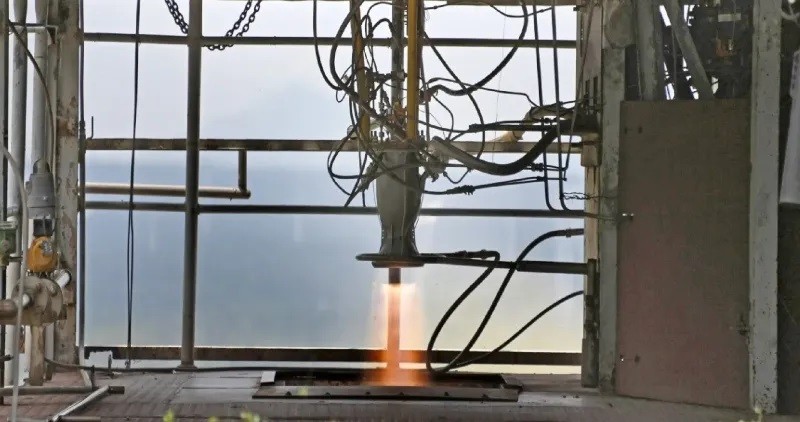18/05/2024
18/05/2024

NEW DELHI, India, May 18: India has made a significant stride in its space exploration ambitions with the successful hot-fire test of a liquid-fueled rocket engine built using additive manufacturing, commonly known as 3D printing. The test, conducted by the Indian Space Research Organisation (ISRO) on May 9, marks a breakthrough that could enhance India's position as a space-faring nation.
The engine, which burns a hypergolic mix of nitrogen tetroxide and monomethyl hydrazine, fired for an impressive duration of 665 seconds, a crucial achievement for ISRO. This engine is utilized in the upper stage of India's Polar Satellite Launch Vehicle (PSLV), a vital component of India's space program.
ISRO highlighted that the new laser powder bed fusion technique used in manufacturing the engine has significantly streamlined the production process. The number of engine parts has been reduced from 14 to a single piece, eliminating 19 weld joints and leading to substantial savings in raw material usage. For example, the new process requires only 30.2 pounds (13.7 kilograms) of metal powder, compared to the 1,245 pounds (565 kg) of forgings and sheets needed in the conventional technique. Additionally, the new process has slashed the overall production time by 60%.
The PSLV, standing at 145 feet tall (44 meters), is a critical component of India's space program, capable of delivering payloads of up to 3,860 pounds (1,750 kg) to sun-synchronous polar orbits 370 miles (600 km) high. This achievement is expected to enhance India's launch capabilities and accelerate its space exploration agenda, which includes plans for human spaceflight, moon landings, and establishing a lunar base by 2047.


